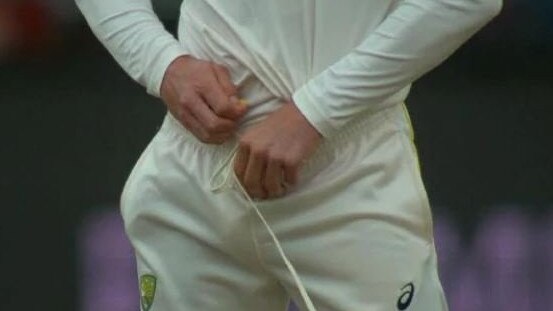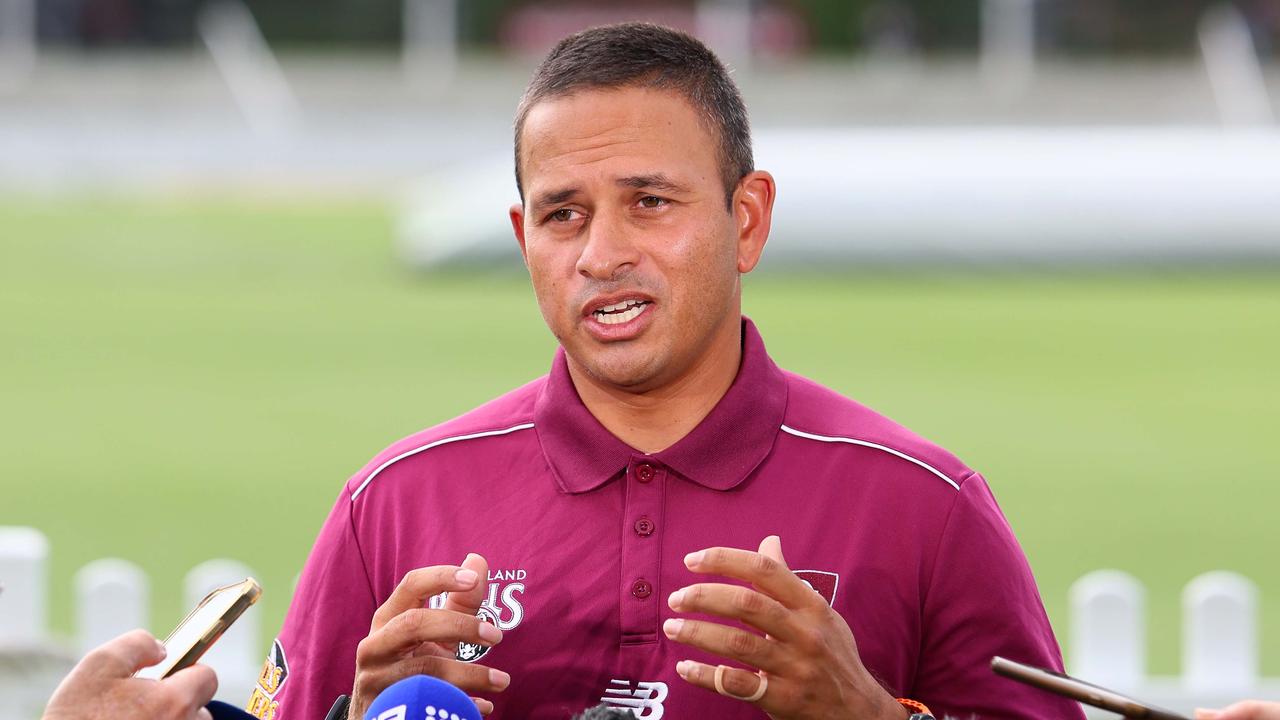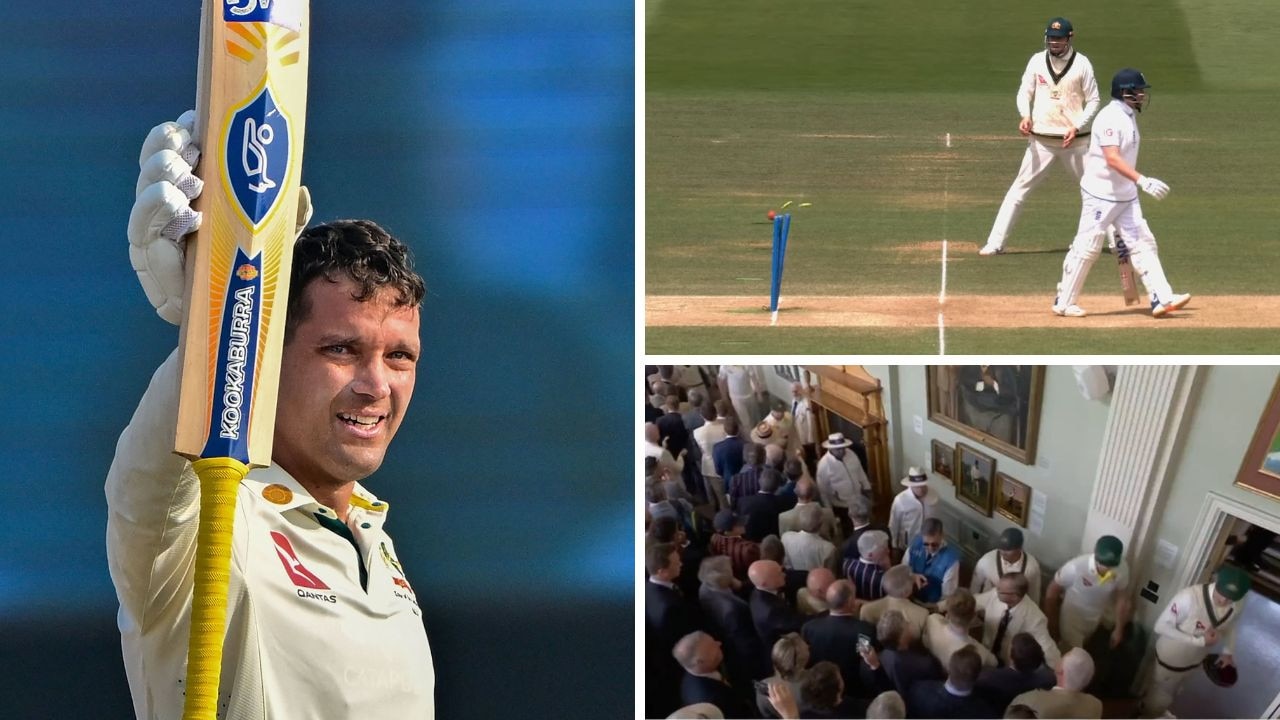The scandal that almost escaped Pandora’s box
What to make of last week’s continuation of the mythology of Sandpapergate?

The first observation worth making is actually strangely reassuring. For many a year, the complaint has been that athletes, carefully trained and painstakingly prepared, have grown too good at saying nothing.
But an interviewer wanders up to Bancroft in county cricket, asks an obvious question for which one would have imagined a rehearsed response readily at hand, and out falls the first thing that comes into his head: “Yeah, obviously what I did benefits bowlers and the awareness around that, probably, is self-explanatory.”
A reporter rings Saker, and he starts gabbling like O. J. Simpson in If I Did It: “There was a lot of people to blame. It could have been me to blame, it could have been someone else. It could have been stopped and it wasn’t, which is unfortunate.”
In a world where leaders of countries lie for a living, this is kind of gratifying. Sure, it’s alway best if a straight question elicits a straight answer; next best, though, is an almost straight answer.
The second observation is that the remarks, in and of themselves, did not add hugely to what any fule kno about Sandpapergate: that, as in their on-field behaviour, Australia had for some time before Newlands been pushing at the fuzzy line defining fair preparation of cricket balls for reverse swing.
What in the 2000s had been “ball tampering” had by the 2010s been given the more respectable name “ball maintenance”, and both David Warner and Bancroft had been doing the job for some time — they had, for example, been on opposite sides in a famous Sheffield Shield match between NSW and Western Australia where bowlers, under the gaze of indulgent elders, swung a tortured ball round corners.
This was condoned because of the uneasy feeling that international opponents were better at it than we were. Twice in 10 years Australia recruited former bowling coaches from England, Saker and earlier Troy Cooley, partly because of the intellectual property perceived to be in their heads about reverse swing.
Everyone, moreover, knew this. And in much the same way as there are those who oppose the criminalisation of insider trading, there existed a line of reasoning that adroit preparation of the ball was a skill, and beneficial to the game. Partly as a result, the law was honoured more often in the breach and carried minor penalties.
This is not the same as saying that people “knew” explicitly that on the day in question, Warner would enlist Bancroft in a ploy to apply sandpaper to a cricket ball. But it wasn’t like it belonged to the realm of unthinkable possibilities, especially when the context is considered of the previous Test, after which Kagiso Rabada was first suspended then unsuspended in a classic ICC cluster fiasco.
There is a memorable passage in the autobiography of Ian Gould, who was third umpire at Newlands, recalling the preliminaries to the match.
Wrote Gould: “I’ve umpired Davey many times and he’s a nice bloke, but he is very competitive on the field and always has been. He likes to have a word or two. After the pleasantries, he said to me: ‘Well Gunner, where’s the f..king line in the sand now?’ And that was it – he walked off and left me with those words hanging in the air. Here we go, I thought.”
Here we did. This brings us to a third factor for consideration, and reconsideration as of last week: the aggravating features of Sandpapergate, which led, among other things, to it being elevated to that peculiar level of scandal meriting the suffix -gate.
There was the particular offence: the flagrance, the crassness of using sandpaper. There were the particular personalities: had Nathan Lyon and Pat Cummins been involved, it would hardly have played so badly as Warner, already perceived as too abrasive, and Bancroft, perceived then as too naive.
There was the general drift into disaffection of the Australian team, out of a general dissatisfaction with the state of the game and the players’ part in it — particularly problematic as the incident coincided with CA negotiating a new broadcast deal.
Lastly, and perhaps most damagingly, there was the clumsy attempt at a cover-up, involving a misleading press conference. But for it, Steve Smith might have survived as captain; afterwards, he had no chance.
There were three official responses. There was the investigation by integrity inquisitor Iain Roy, tightly focused on the specific offence. There was Simon Longstaff’s review of the organisational culture at Cricket Australia, broad, diffuse and heavily redacted. There was Rick McCosker’s review of the team’s culture, which ended up being a footnote to the foregoing.
Each had their uses; none directly addressed the specific antecedents of Sandpapergate. So here we are, more than three years later, when it is almost too late to look, not that CA is inclined to anyway. Their position, palpably self-protecting, is that they would consider a further investigative hearing in the event of “new material”. Like what? The discovery of Warner’s chisel?
CA got some of its response right to Sandpapergate. The suspensions largely satisfied public indignation and preserved commercial value; but expecting time to take care of the rest was the same mistake as directors of the Australian Cricket Board made in 1995 when they privately fined Mark Waugh and Shane Warne for tarrying with bookies but tried unsuccessfully to keep it quiet.
Will there ever be a further investigation? Probably not for as long as the supposition remains that such an investigation would potentially be more damaging than not having one.
The result is a dilemma. Australia’s bowlers complained rightly last week of the hangover of “rumour and innuendo”; but their next request, that everyone now just “move on”, was at odds with that desire. When Pandora opened her box, hope remained. Nobody seems quite prepared to trust it.



So Pandora’s box is closed again, Cricket Australia jumping up and down on the lid, after teasing hints of what it might contain from Cameron Bancroft and David Saker. What to make of last week’s continuation of the mythology of Sandpapergate?